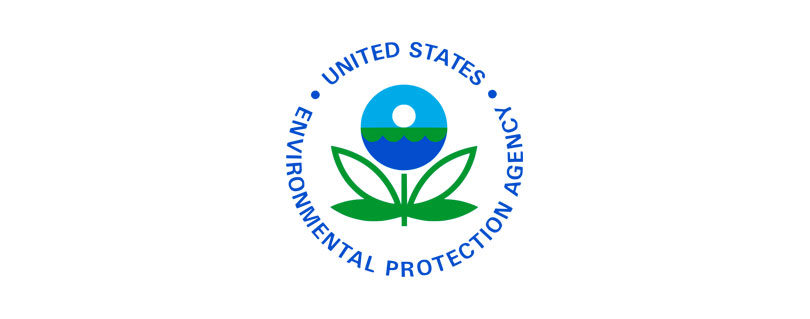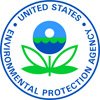Biden-Harris administration announces availability of $32M in grant funding to tackle air pollution at schools and deliver cleaner air for America’s children
Publilshed by the U.S. Environmental Protection Agency (EPA)
WASHINGTON – The U.S. Environmental Protection Agency on Thursday announced the availability of up to $32 million to address indoor air pollution in schools as part of President Biden’s Investing in America agenda. The funding opportunity, which is made possible by President Biden’s Inflation Reduction Act and available through EPA’s Grant Funding to Address Indoor Air Pollution at Schools Program, will protect children’s health by providing resources to organizations that help K-12 schools in low-income, disadvantaged, and Tribal communities develop and adopt comprehensive indoor air quality management plans to reduce indoor air pollution and greenhouse gas emissions in schools.
“Every student should be able to learn and thrive in a healthy school environment,” said EPA Deputy Administrator Janet McCabe. “Through President Biden’s historic investment in America, EPA is working with our partners to equip schools in overburdened communities with resources to develop and implement plans that improve air quality and energy efficiency, ensuring that students and staff are breathing cleaner and healthier air in school every day.”
“Thanks to this critical EPA funding, made possible by Democrats’ Inflation Reduction Act, schools across the country will now be able to improve air quality for our students,” said House Minority Whip Katherine Clark. “Currently, too many kids do not have access to clean air, and this funding will enhance their overall health and academic performance. This is what Democrats’ agenda is all about – giving communities the resources they need to ensure every child has a great future.”
“At a time when their lungs are still developing, children exposed to unsafe air can develop lifelong health problems, including serious respiratory illnesses,” said Congressman Paul Tonko (NY-20), Ranking Member of the House Energy and Commerce Environment, Manufacturing, and Critical Materials Subcommittee. “That is why we prioritized funding to address air pollution in our schools in the Inflation Reduction Act. I’m thrilled that EPA is taking vital steps through this announcement that will build upon their decades of work to help schools across the country develop strategies to ensure that as children attend school, learn, and grow, they are breathing clean, healthy air.”
Air pollution has been linked to asthma and other conditions that harm students’ health and can cause them to miss school or reduce normal activities. Children face risks from indoor air pollutants like radon, asbestos, mold, methane, and pollution, such as particulate matter from vehicle exhaust, that gets into classrooms from the outdoors. There are also serious risks to children from greenhouse gas pollution, like more frequent exposure to heat waves and wildfire smoke. Helping schools to develop comprehensive plans to tackle air pollution will help prevent respiratory illnesses in children and staff working in schools, while improving student attendance, performance, and comfort, particularly for vulnerable students with asthma.
This program advances President Biden’s Justice40 Initiative, which aims to deliver 40% of the overall benefits of certain federal investments to disadvantaged communities that are marginalized by underinvestment and overburdened by pollution.
The Grant Funding to Address Indoor Air Pollution at Schools Program
EPA anticipates awarding four to six grants of $5 million to $8 million to support five years of school indoor air quality and energy efficiency activities. Eligible projects to benefit schools include indoor air quality and greenhouse gas reduction capacity building, training and education campaigns, and research and demonstration projects.
Nonprofit organizations, state governments, and other eligible entities with experience administering national, regional, or multi-state indoor air quality programs that have achieved positive impacts in communities (especially with schools and Tribal entities) are encouraged to apply. The deadline to apply for the competitive grants is March 19, 2024. EPA estimates that the grants will be awarded by fall 2024.
For more information on this funding opportunity, including details on informational webinars, visit the Grant Funding to Address Indoor Air Pollution at Schools webpage.
Background
EPA studies of human exposure to air pollutants indicate that indoor levels of pollutants may be two to five times — and occasionally more than 100 times — higher than outdoor levels. Often, indoor air quality is poor because indoor sources of air pollution, like asbestos, radon, mold, methane, and particulates, are not controlled and the pollutant levels can become concentrated without adequate ventilation of fresh outdoor air. These levels of indoor air pollutants are of concern because most people spend about 90 percent of their time indoors. Indoor pollution in schools is a particular concern because children’s developing bodies breathe more air in proportion to their body weight than adults.
Indoor air problems can increase long- and short-term health effects for students and staff, increase absenteeism, reduce academic performance, and shorten the lifespan and effectiveness of facility systems and equipment. Examples of the health effects of indoor air pollution include coughing, respiratory diseases, allergic reactions, cancer and aggravated asthma.
In addition to indoor air problems that children face at schools, EPA and the broader scientific community have also identified significant risks to children’s health and the environment from climate change. These risks include exposure to extreme heat, worsened air quality, wildfire smoke, and other climate impacts, in school, the playground, and beyond. Implementing energy efficiency measures while simultaneously improving indoor air quality in schools can help mitigate climate and reduce pollution while providing long-term savings for schools through lower energy consumption.
Read the full article at: https://www.epa.gov/newsreleases/biden-harris-administration-announces-availability-32m-grant-funding-tackle-air



